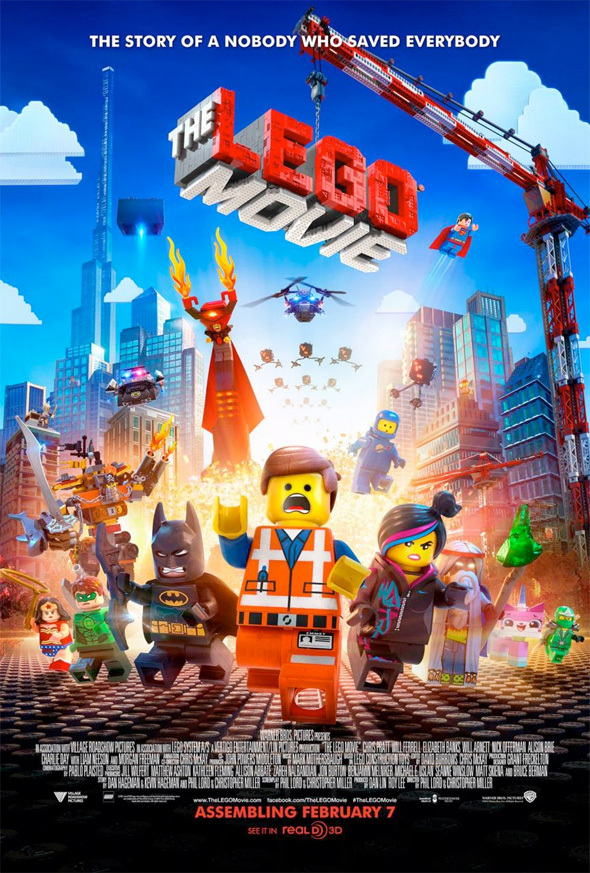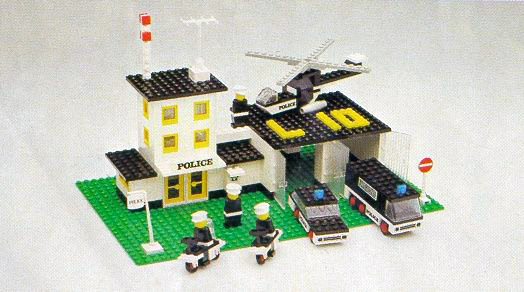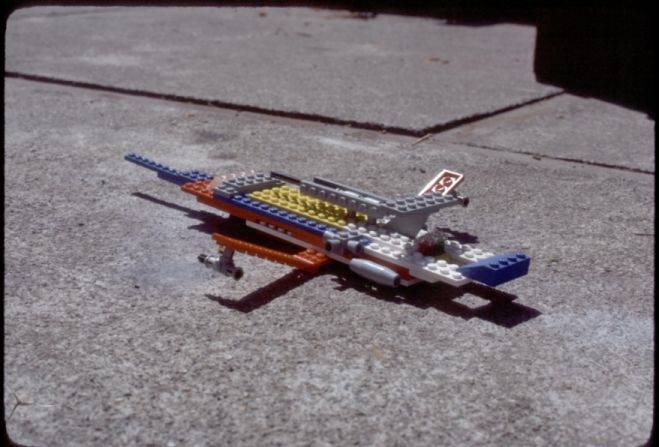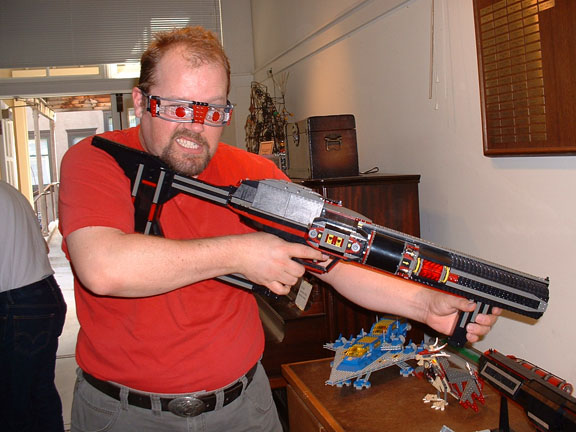Before the Man of Steel flew
into theaters and became the greatest holiday gift movie audiences would
receive in December of 1978, there had been two previous cinematic entries in
the adventures of Superman. Kirk Alyn
was the first actor to play the Kryptonian in several serials. George Reeves next donned the suit in a more widely
seen TV show and the feature length movie “Superman and the Mole-Men.” Being such early incarnations, both have
their nostalgic appeal, but neither had the financial and technological
resources to present Superman in an epic film.
Decades later and there was
still much doubt as to whether audiences would really believe that a man could
fly. No one had attempted to bring
Superman to the silver screen in a convincing way and the filmmakers faced
multiple challenges in trying to achieve their vision. Fortunately, a combination of luck,
perseverance and ingenuity resulted in one of the supreme super hero movies of all
time. Though it is over thirty years
old, “Superman” remains the most faithful, most exciting and most emotionally
affecting film in the franchise.
Christopher Reeve
The significance of casting
Christopher Reeve cannot be overstated. Fledgling
director Richard Donner knew that a terrific actor was needed, more importantly
an unknown so that audiences would see the character instead of the celebrity. Donner’s decision made cinematic history. Reeve defined the role and set a benchmark yet
to be equaled. Much like the sun that gave
Superman his powers, Reeve radiated charisma. Yet he very astutely underplayed the part, and
the subtlety of Reeve’s performance avoided arrogance and pomposity.
Reeve’s Superman was innocent
yet mature, sexy yet chaste, and hopeful despite the worlds’ woes. The late seventies were turbulent times, and the
world was ready to embrace an altruistic symbol of truth and righteousness. Reeve’s portrayal achieved that while giving
the character dimension and personality.
Superman was an irrepressible optimist and we loved him for it. There was also that million megawatt
smile. *Swoon*
Richard Donner
Richard Donner had
established a lengthy career in television, but he had only one theatrical
feature prior to “Superman.” Yet Donner adeptly
announced his ability by making his Hollywood debut with
“The Omen.” The transition from horror
to science fiction was an easy one as both
genres deal with good versus evil, typically in a fantasy setting, but Donner
knew that it was necessary to place Superman in the modern world so that contemporary
audiences could more easily engage the film.
Throughout Donner consistently finds the perfect balance between adult
drama and comic book archetypes. The
earnest nature of the story compliments the often soapy atmosphere, and the
combination of the two is utterly charming.
The mood never gets too heavy nor does it stray into full-blown camp.
John Williams
Oh, the music! John Williams was at the summit of his skills. Just prior to “Superman”, Williams hyper
spaced our hearts and minds to a galaxy far, far away with the seminal score of
“Star Wars.” What are the odds that any
composer could immediately create another inspiring theme that would also become
an enduring classic? If John Williams is
holding the baton, you’ll hit the jackpot twice in a row! The main title theme of “Superman” is exhilarating
majesty. The strings soar to heavenly
heights, while the brass section regally proclaims triumph and glory. Richard Donner swears he can hear the horns at
their heraldic apex trumpeting Kal-El’s earthly name, and now I hear it every
time as well!
Supporting Cast
Marlon Brando was paid a
gigantic sum for his small amount of screen time as Superman’s father Jor-El,
but it is another example of Richard Donner’s brilliance. Brando’s inclusion serves two very important
functions: his stature asserts the
sincerity of the filmmakers by saying that this movie is not just for
kids. Furthermore, Brando’s presence at
the beginning of the film presents a familiar face to grab audience attention
until newcomer Christopher Reeve is introduced later.
The rest of the cast were all superb
choices. Margot Kidder’s Lois Lane was a romantic girly girl clumsily masquerading as a whip
cracking, streetwise reporter. Jackie
Cooper as Perry White managed to be blustery and loveable without descending
into parody. Marc McClure made Jimmy
Olsen appealingly boyish rather than annoying and Gene Hackman as Lex Luthor
exuded intelligence and menace absent the boorish and one-dimensional mustache
twirling that often afflicts movie villains.
Special Effects & Visual Design
The wiring harnesses used to
create the flying scenes were cumbersome, and many shots had to be filmed
repeatedly. However, the filmmakers discovered
that they had a special advantage with their main actor. Christopher Reeve was an amateur pilot and
knew how to bank his body while in the harness, making the movements more
convincing. The absence of CGI meant
that the real actors always appeared onscreen, not digital puppets which could
betray themselves through their limited facial expression. No CGI also meant that the flying sequences
did not move at incomprehensible speed, so the action was easier to follow.
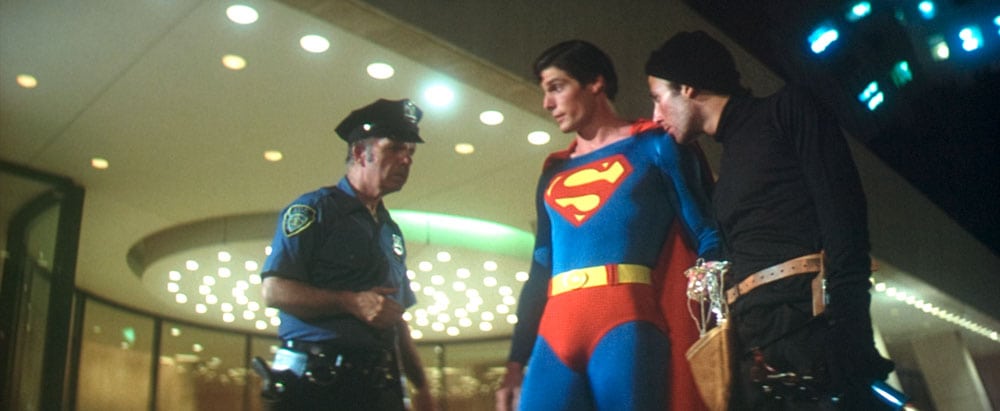
New York
City stands in
for Metropolis, and again director Richard Donner ably displays his talent for balancing reality
and fantasy. Donner knew that the
old-fashioned aura needed to present everywhere, so the mean streets of the
city are softened. The criminals
Superman foils are cartoonish thugs rather than hard-boiled killers, and this
makes for a smoother transition from the tranquil country farm.
Superman’s Kansas boyhood is pure rural Americana. The spirit of
Andrew Wyeth permeates every scene. The
country and the city contrast each other sharply, but not to the point where
they don’t feel connected. This reveals
the duality of Superman. Though he now
lives in a concrete high rise, Superman fights to preserve the past as well as
the present.
The suit
Superman’s costume is as
iconic as the American flag for which he stands. Choosing the correct design was a prodigious
challenge for wardrobe designer Yvonne Blake.
She had to study all the variations over the decades to create an
interpretation that captures the look of the character while ensuring that all
the different versions needed for flying harnesses or “hero” shots would be as
identical as possible. Though there has
never been an established design, the costume Christopher Reeve sports in
“Superman” is exemplary. Nothing is
altered or over detailed. It is perfection.
Franchise groundwork
Sequels are an expected
announcement if a movie does well, but it is rare to see such forward thinking
before the initial entry has debuted.
Another example of Richard Donner’s masterful planning was to shoot the
initial film and the sequel at the same time, so that they would present a
complete story arc when finished.
Recognizing the franchise possibilities showed excellent foresight, and
it made the movies better because of the reduced risk of contradicting earlier
events. The villains of “Superman II”
are introduced in the opening scene of the first film, and this created
tremendous anticipation for the follow-up.
Ghosts from Superman’s Kryptonian past will return to exact their
revenge, and it will be a super powered battle of three against one!

